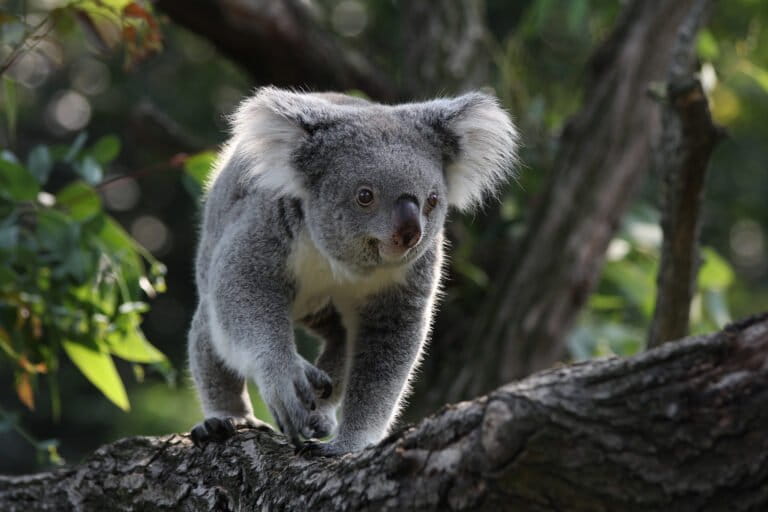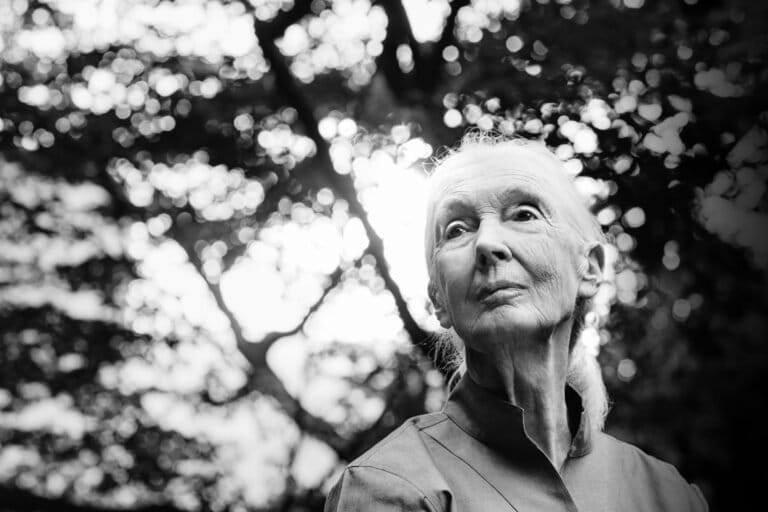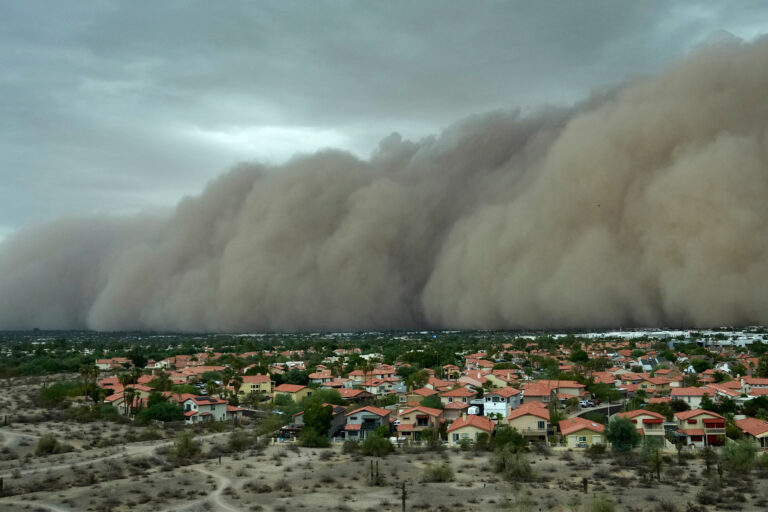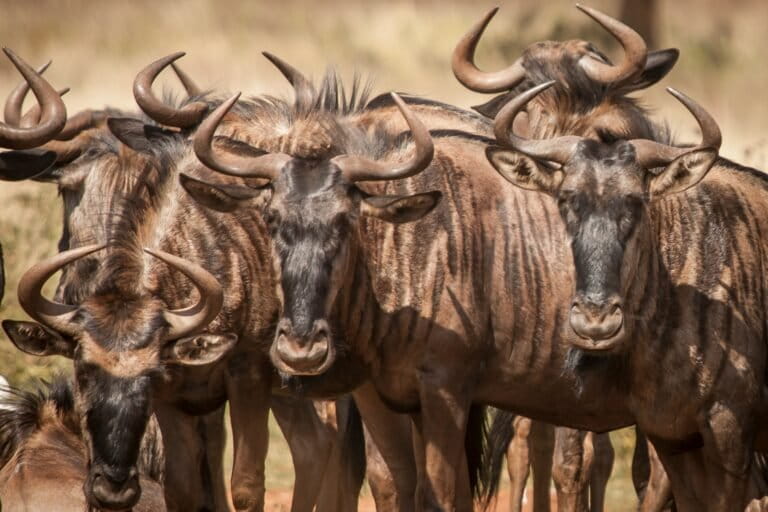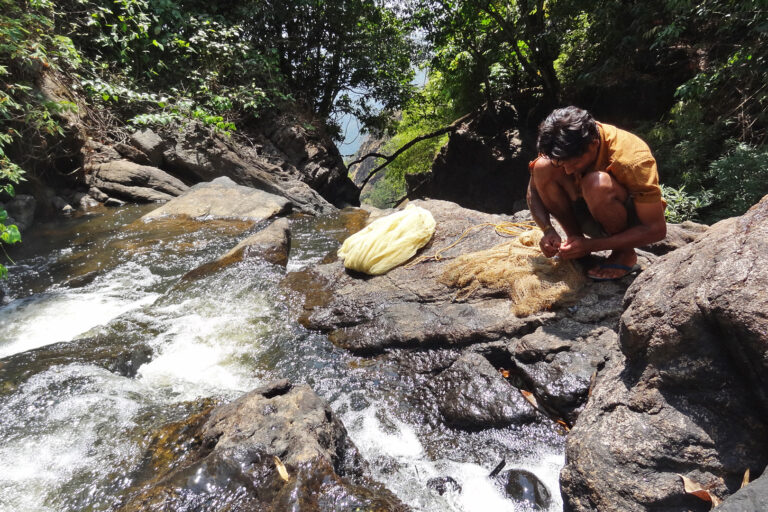- Sergio Rojas Ortiz, leader of the Bribri indigenous people, was murdered at his home in the indigenous territory of Salitre in Costa Rica on the night of March 18.
- Rojas, who was a coordinator of the Frente Nacional de Pueblos Indígenas, or the National Front of Indigenous People (FRENAPI), was leading a movement to reclaim indigenous land from non-indigenous settlers — a fight that had resulted in numerous death threats to him and others in the past.
- In a statement, FRENAPI said it placed full responsibility for Rojas’s murder on the government of President Carlos Alvarado Quesada, and demanded “an immediate explanation of this latest incident of blood and violence against the Indigenous people of Costa Rica.”
On the night of March 18, Sergio Rojas Ortiz, leader of the Bribri indigenous people, was murdered at his home in the indigenous territory of Salitre in Costa Rica.
Rojas, who died of multiple gunshot wounds, was a coordinator of the Frente Nacional de Pueblos Indígenas, or the National Front of Indigenous People (FRENAPI), according to a press release by Forest Peoples Programme (FPP), a human rights organization. He was also the legal and political coordinator of the Bribri traditional council, and was leading a movement to reclaim indigenous land from non-indigenous settlers in the country — a fight that had resulted in numerous death threats to him and other members of his community in the past.
In fact, hours before he was killed, Rojas had accompanied two members of his community to the public prosecutor’s office in the city of Buenos Aires to file a complaint about threats they had received from alleged land grabbers, according to local media. The prosecutor’s office, however, said Rojas was not the complainant and there was no evidence at present to link the complaint to his murder.
In a statement, FRENAPI said it placed full responsibility for Rojas’s murder “on the Government of Carlos Alvarado Quesada,” and demanded “an immediate explanation of this latest incident of blood and violence against the Indigenous people of Costa Rica.”
Indigenous land activist shot dead in Costa Rica https://t.co/iGYm51WxKl pic.twitter.com/mLcRstiiLz
— Reuters (@Reuters) March 19, 2019
President Alvarado in turn described the day as “tragic for the Bribri people, for the indigenous peoples and for all of Costa Rica.” He also ordered authorities to provide protection to Rojas’s relatives, and “to find those responsible and clarify this fact as soon as possible.”
According to FPP, Costa Rica’s indigenous population belongs to eight ethnic groups who live in 24 legally recognized indigenous territories as well as on lands not currently titled but traditionally occupied. Non-indigenous people have, however, taken over large parts of indigenous-occupied land, even those within legally titled indigenous territories. Moreover, while Costa Rica’s 1977 Indigenous Law prohibits the rent or sale of land within indigenous reserves by outsiders, many of the latter claim to have “legally bought” the land and have been farming there for a long time. Enforcement of the law is weak, resulting in violence against indigenous people.
“Dozens of attacks and threats have occurred over the past years (burning of homes, gun and machete attacks, leaving families fleeing for safety), and yet no perpetrator has been held responsible,” FPP wrote in its statement March 19. “Just three days ago, groups of armed men gathered around a recently recuperated farm known as La Huaca in Salitre.”
In 2015, the Inter-American Commission on Human Rights (IACHR) granted precautionary measures to the Bribri and Teribe people of Costa Rica because of increasing threats to their lives, ordering the Costa Rican government to “adopt any measures necessary to protect beneficiaries’ lives and personal integrity and to investigate the sources of the danger they faced, among other aspects.”
In response to news of Rojas’s murder, the IAHCR issued a statement: “The IACHR urges the State to immediately take any measures necessary to protect the rights to life, personal integrity and safety of all other precautionary measure beneficiaries. The Costa Rican government has invited the IACHR to conduct a working visit to monitor these precautionary measures.”
Banner image of a rainforest in Costa Rica by Rhett A. Butler/Mongabay.







